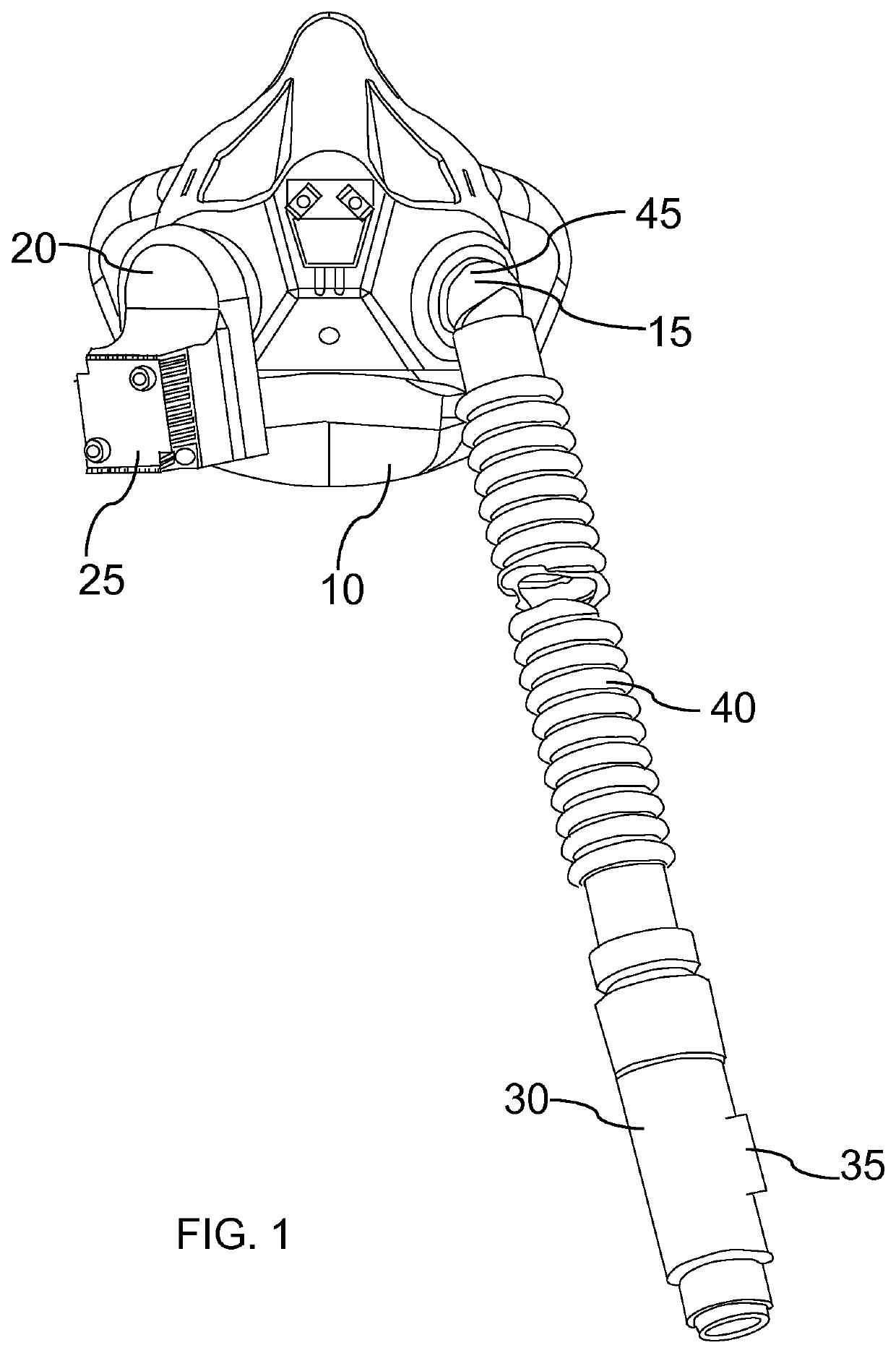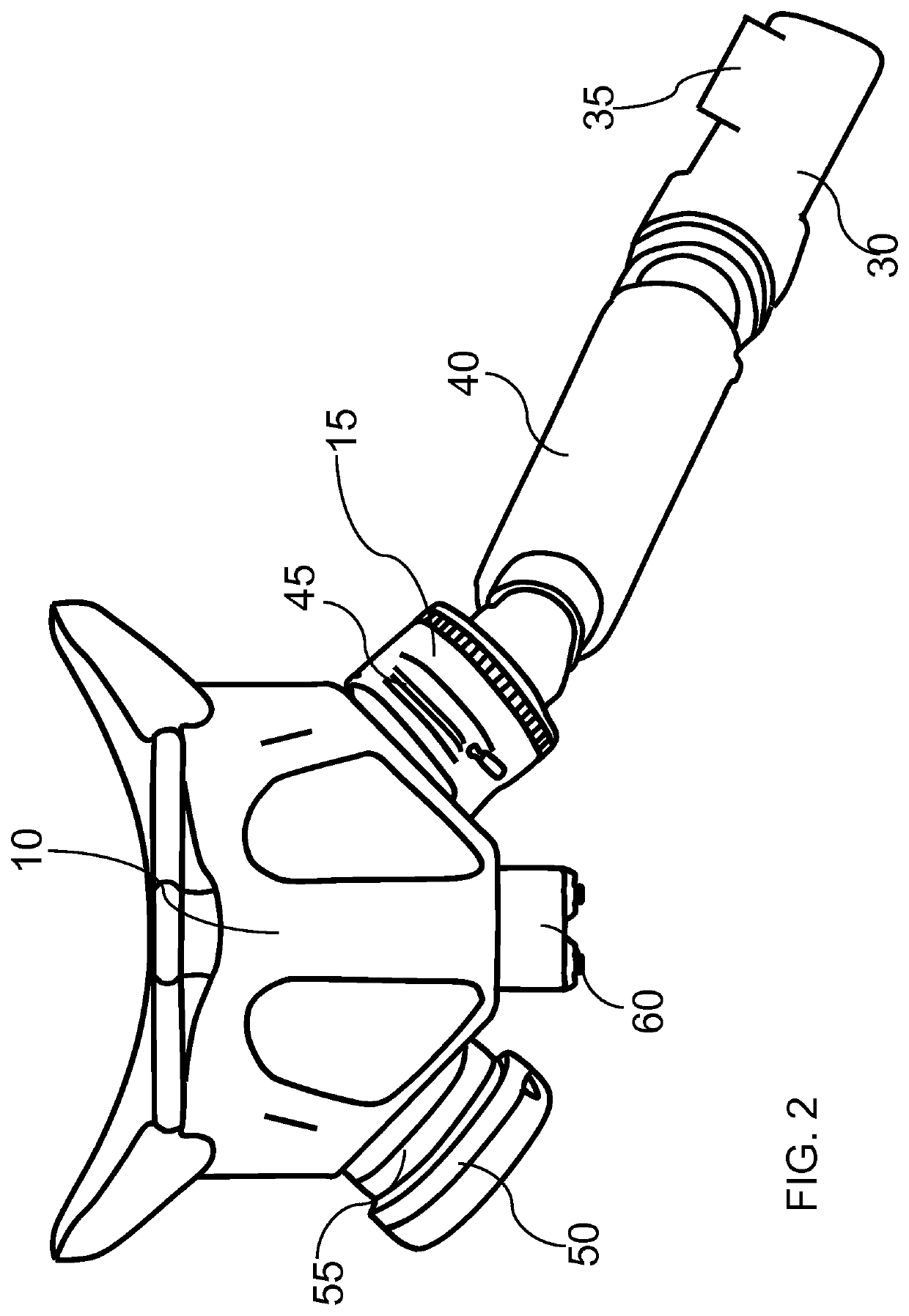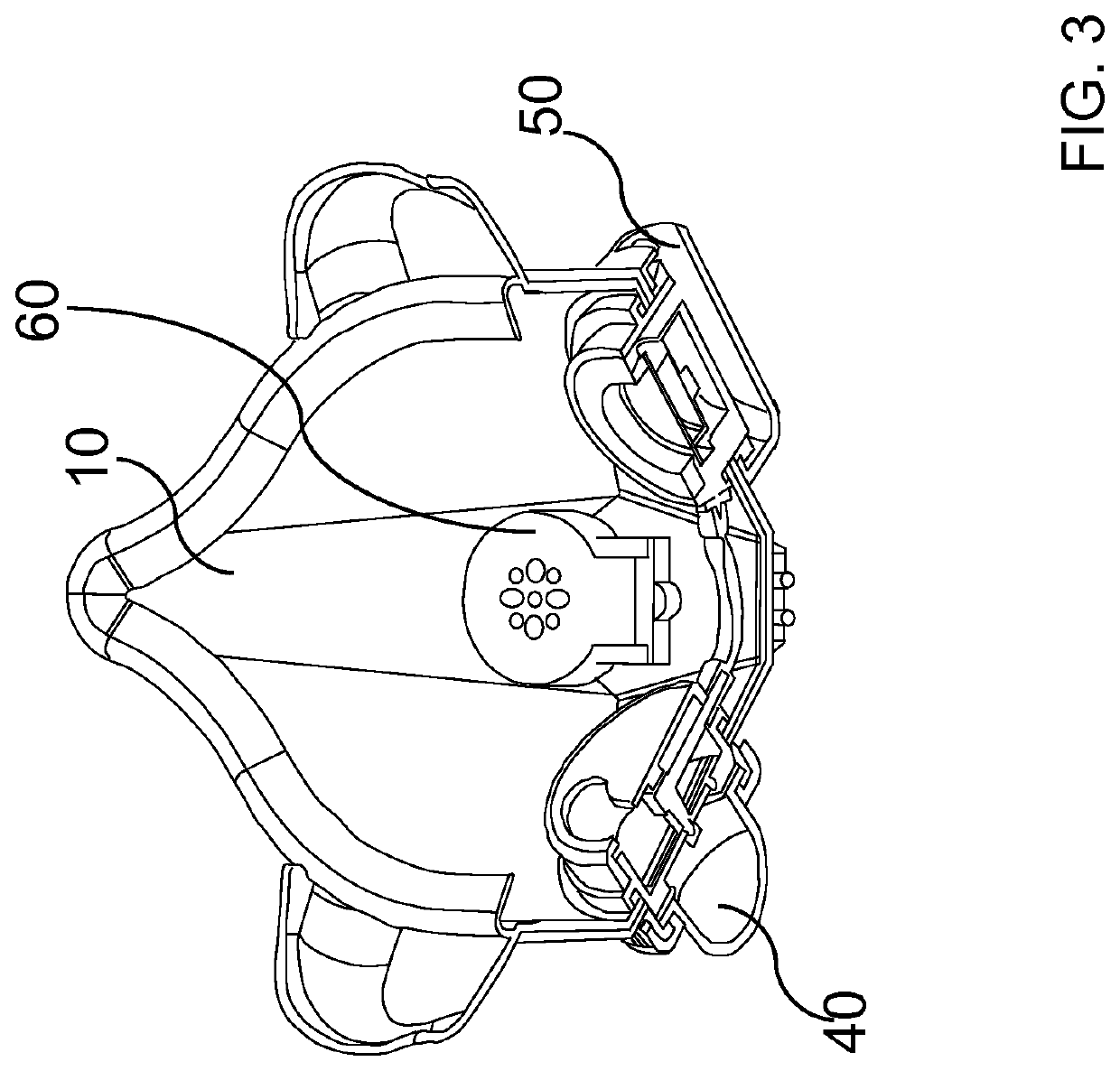Similarly, other dangerous
breathing or other health conditions may occur where the symptoms or outward signs of the dangerous condition appear to be symptomatic of, but not actually be classical hypoxia.
Hypoxia and similar or related dangerous breathing or other health conditions may occur as a result of numerous situations or conditions, or physiologic changes in the subject, but most often occurs at high altitudes, under high gravitational forces (or g-loads) or
underwater, or when breathing in a mixture of gases with
low oxygen content.
Surgical conditions, such as when being taken off inhaled
anesthesia and returning to breathing
atmospheric air, may cause hypoxia or other health issues in patients.
Oxygen deficiency in the body will impair the function of the brain and other organs.
For example, pulmonary ventilation increases, causing a hyperventilation state, affecting
carbon dioxide clearing which may lead to respiratory alkalosis altering
bicarbonate production.
When these physiologic changes are uncontrolled,
breathing difficulty, mental
confusion, poor judgment, loss of
muscle coordination,
unconsciousness, lack of useful
consciousness, dizziness, light-headedness, fatigue,
visual impairment, delayed reaction time,
nausea, tingling and numbness, and particularly in vehicular (more particularly aircraft) travel, G-force induced loss-of-
consciousness can result.
Dangerous breathing or other health conditions can result in loss of situational awareness, may
impact mission success, and has led to aircraft mishaps.
Hypoxia and similar or related dangerous breathing or other health conditions including fatigue induced by long missions, high altitudes or g-loads has become an especially critical issue with the growth and development of aircraft and human flight.
Hypoxia and fatigue are notoriously important issue for military fighter pilots.
The extreme conditions under which these aircraft and pilots operate give rise to a much higher than average onset of hypoxic conditions or fatigue which greatly endanger the
pilot's health and safety.
The symptoms of hypoxia or fatigue are devastating to such a
pilot, operating under such extreme conditions.
Hypoxia or fatigue under such flight conditions often goes undetected and unrecognized, and has been determined as a significant factor, or the ultimate cause, of numerous fatal accidents involving military pilots.
Additionally, such accidents cost the government millions to billions of dollars in losses when these aircraft are lost.
The risk of
aircrew members developing dangerous breathing or other health conditions, one example being hypoxia or fatigue, is present with
exposure to high altitude flight, acceleration stress, mountain operations (helicopter
crew), and the like.
Its effects can impair the mission and lead to injury or death of the
pilot.
While many of the above-mentioned symptoms of hypoxia or fatigue are
observable, the exact condition of generalized hypoxia or fatigue has historically been difficult to quantify and there is not a
gold standard measure or quantitative metric against which hypoxia can be conclusively verified.
However, aviators have been concerned with the potential malfunctions of these systems.
Several factors have been associated with hypoxia, some of which are physiologic, and others being associated with equipment failure.
Mechanical causes may include a contaminated OBOGS (
smoke / fumes), a leaking or clogged breathing hose, a poor seal around the face of the oronasal
mask, OBOGS malfunction (which could be caused by improper maintenance or battle damage), and altered cabin pressure (which again could result from battle damage).
Cases of dangerous breathing or other health conditions, in pilots are often unreported.
However, the symptoms of various dangerous breathing or other health conditions may prevent a diver from being able to perform or respond to conditions, to communicate with other divers or the dive master, or to be found by the
delivery vehicle when the mission is over.
Dangerous breathing or other health conditions may so disorient a diver that he or she is unable to ascertain the circumstances or to swim, thus leading to greatly increased risks of injury, being lost, or death.
Firefighters in particular are often subjected to harsh conditions where breathing conditions are harsh and hypoxic.
In identifying or predicting dangerous breathing or other health conditions, the problem arises in that many dangerous breathing or other health conditions, for example hypoxia, are highly personalized responses to breathing conditions.
Research and trials have shown that
oxygen saturation, though useful, is not accurate in identifying individual measures of hypoxia, and is virtually useless in predicting the onset of hypoxia.
Similarly, other dangerous breathing or other health conditions may occur where the symptoms or outward signs of the dangerous condition appear to be symptomatic of classical hypoxia, but may not be.
No sensor suite is presently available to detect and preemptively warn the subject of such dangerous breathing or other health conditions.
 Login to View More
Login to View More  Login to View More
Login to View More 


